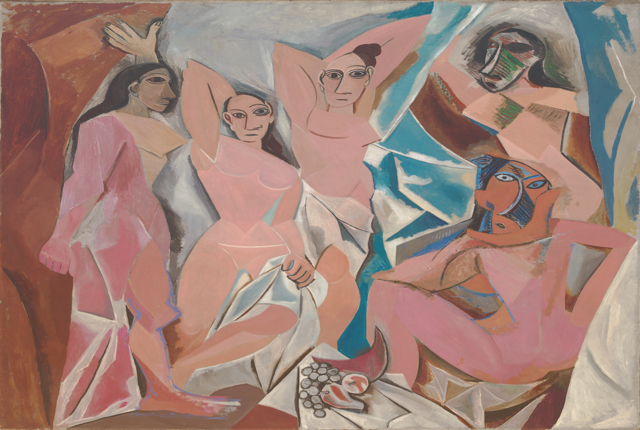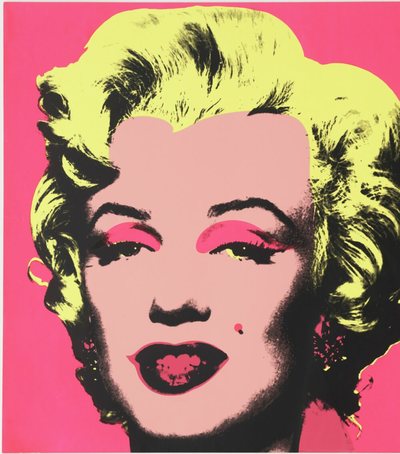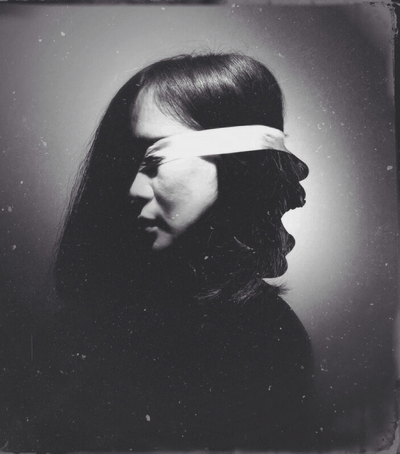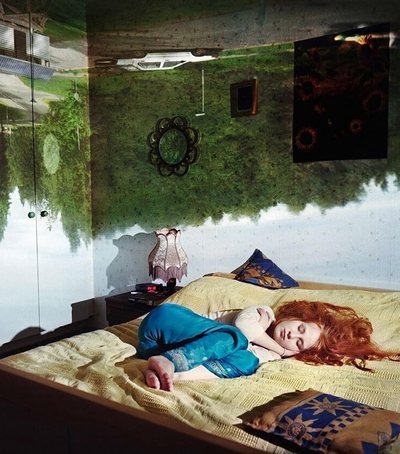
The Young Ladies of Avignon”, 1907
Pablo Picasso was the first artist to exhibit at the Louvre while he was still alive. He owes this success not only to his talent, but also to his ability to invent new artistic styles and create extraordinary works of art. In 1907, Picasso presented the painting “Les Demoiselles d'Avignon” (The Ladies of Avignon), a work whose subject, inspired by brothels, was as controversial as its style itself. Let's take a closer look at the purpose of this painting, which revolutionized Picasso's style and the history of art.
Context and History
Picasso originally planned to title the work “Le Bordel d'Avignon” (The Brothel of Avignon), referring to a street in Barcelona known for its connections with prostitutes. However, to avoid censorship, he was forced to change the name to “Les Demoiselles d'Avignon,” a title he disliked but by which the painting is still known today. This work of art was deliberately provocative for its time, reflecting Picasso's ambition and desire to challenge and inspire the art world.
His rival, Matisse, had just completed the painting “La Joie de vivre” (The Joy of Life), which inspired Picasso to create something entirely new. He spent nine months of artistic reflection, experimenting with hundreds of sketches and ideas, to arrive at the final form of the painting. Initially, the composition included two male figures – a sailor and a student – ??who were later eliminated, directing attention entirely to the forms of the female nude and transforming the viewer into a voyeur.
Inspiration and Influences
Picasso absorbed every experience he had with the aim of integrating it into his art. He borrowed elements from Jean-Auguste-Dominique Ingres' oil painting, "Turkish Baths," where the naked bodies of the women and the positioning of the hands are reflected in "Les Demoiselles d'Avignon." He was also influenced by Gauguin's painting, "Tahitian Women on the Beach," imitating the arched forms of the bodies.
A fundamental influence came from African masks and Iberian statues, which played a key role in transforming the faces of the figures in the painting. Primitive art was an inexhaustible source of inspiration for Picasso. At the time, French colonization of Africa was at its peak and the press was full of stories from the new territories. Before completing the painting, Picasso visited the Musée de l'Homme (Museum of Man) in Paris, where the African collection fascinated him. He described the African masks as "magical objects" and revised the final elements of his work based on this influence.
Bodies and Faces
Although the bodies in this painting are not realistic, one can see the evolution of Picasso's style during the process of creation. The two women on the left were done earlier and, despite their geometric shapes, their faces remain recognizable. While the two women on the right, who were added later, have twisted and decomposed bodies in a cubist manner.
The influence of Iberian art is evident in the faces of the women on the left, while the faces of the figures on the right clearly reflect the influence of African masks. The figure of the hunched woman, which appears simultaneously from the front and from behind, marks a prelude to the artist's future style.
Avant-garde
When Picasso presented “Les Demoiselles d'Avignon,” it was met with hostility, even from artistic circles close to him, such as Braque and Matisse. It was not so much the subject matter of the work as its radical style that shocked viewers. Since Picasso rejected the classical representation of the human body, he also rejected traditional painting methods. Shadows and perspective are absent in this painting; the figures appear as if they were glued directly onto the canvas.
“Les Demoiselles d'Avignon” was a shock to everyone who saw it, including contemporary artists themselves. This work became a symbol of the avant-garde, not only for its content, but also for the innovative technique that marked the birth of Cubism.
Cubism
“Les Demoiselles d'Avignon” is a profoundly radical work and is considered the first Cubist painting. A year later, Cubism would take shape as a full-fledged artistic movement, led by Picasso and Georges Braque. Although the influence of this movement was immeasurable, it took more than 30 years for “Les Demoiselles d'Avignon” to be accepted as a masterpiece of modern art.
Initially, the painting was kept hidden from the public after it was purchased by private collector Jacques Drouot. It was only after it was purchased and exhibited by the Museum of Modern Art (MoMA) in New York that this work became known and was hailed as Picasso's first Cubist painting.
Burimi dhe Copyright i Artikullit: https://blog.artsper.com/en/a-closer-look/artwork-analysis-les-demoiselles-d-avignon-by-picasso/





